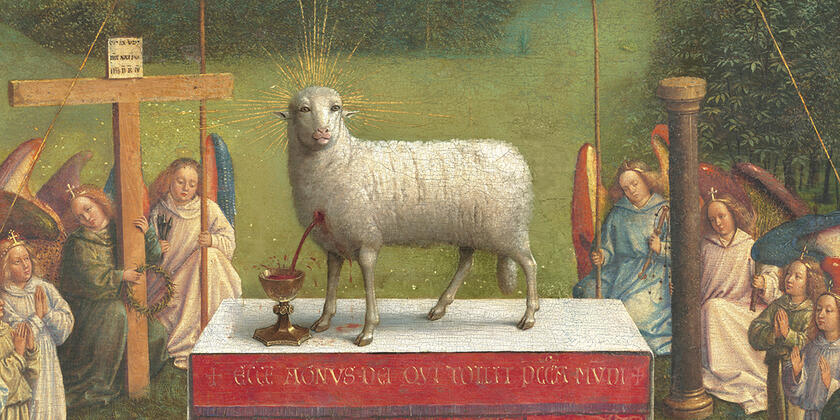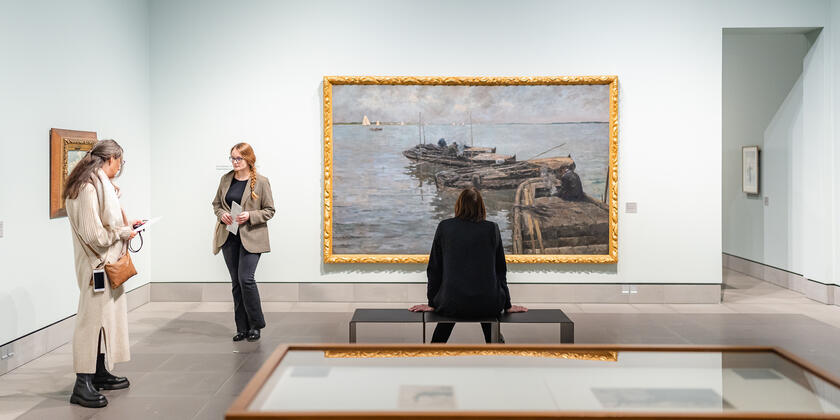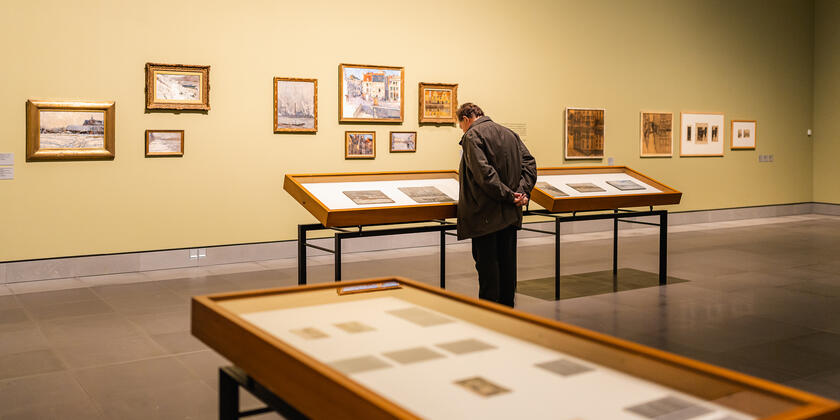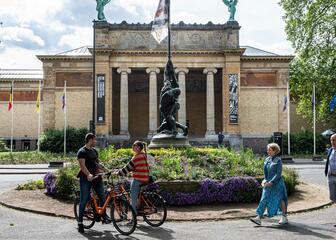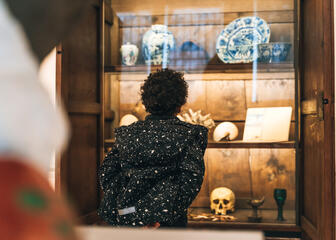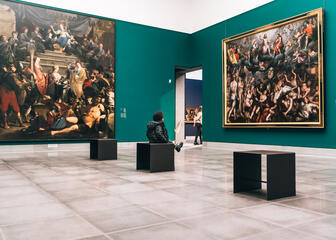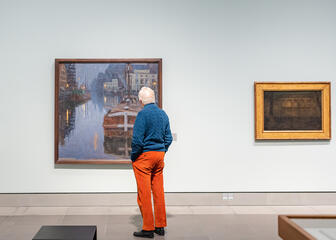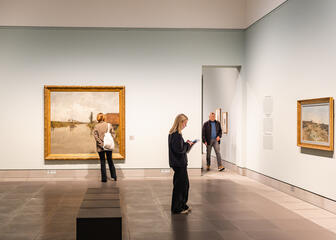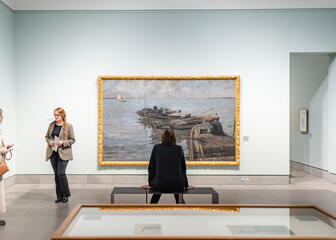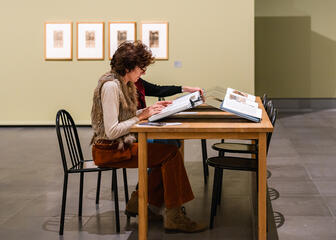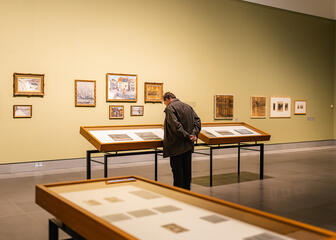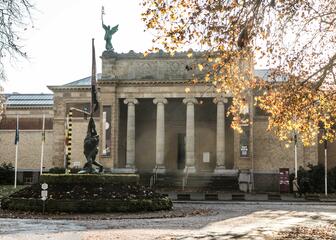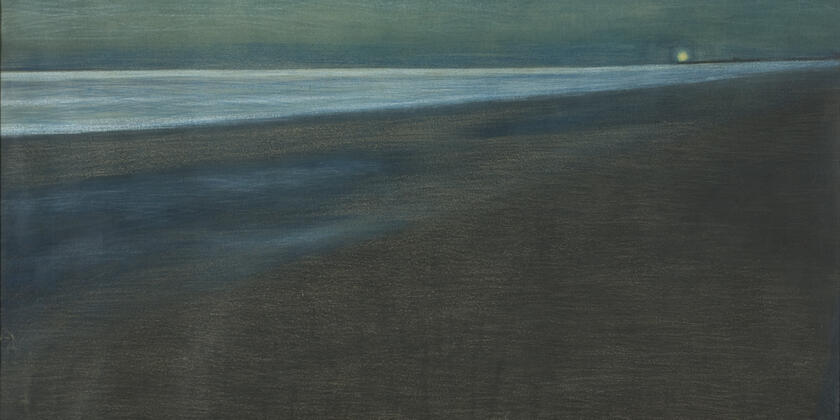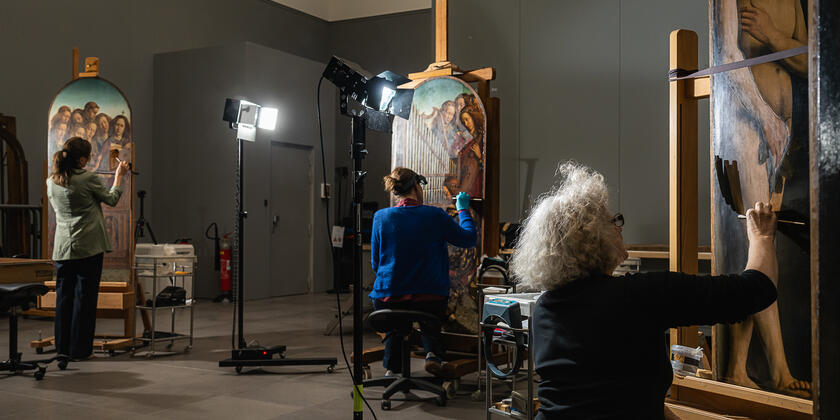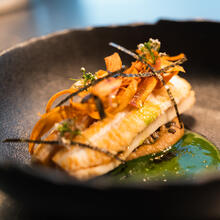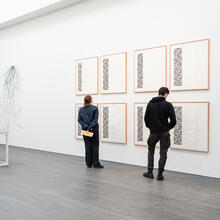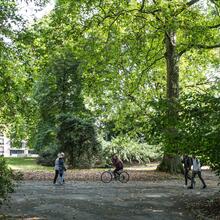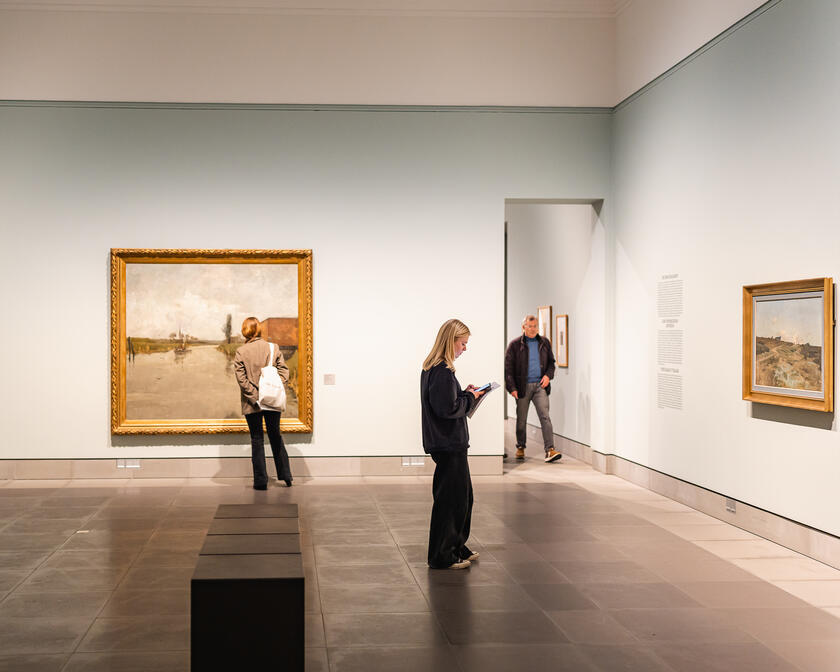
MSK: from confiscations to a huge art collection
At the end of the 18th century, Ghent was under French rule and many of the city’s art treasures were seized. Some of them can still be seen in the Louvre in Paris today. Rebellious Ghent wasn’t having any of it, and slowly began to establish a wide-ranging art collection, searching for years to find an appropriate building. The ideal location was found in the building designed by the architect Van Rysselberghe in the Citadelpark, a museum with a fantastic feeling of spaciousness and a lot of light.
Bosch and Magritte, surrounded by beauty
The collection, which ranges from Hieronymus Bosch to Rubens and Magritte, has never been shown more attractively than it is today. It covers an enormous variety of paintings, statues, drawings, etchings and tapestries, from the Middle Ages to the 20th century. An auditorium, a library, a children’s workshop and a brasserie turn the MSK into a contemporary, multipurpose complex where you can spend many a pleasant hour surrounded by beauty during your weekend trip to Ghent. Why not take a virtual peek inside the MSK now?
The Mystic Lamb atones for the sins of the world
Be sure to enjoy the divine glow of the Mystic Lamb and watch—live—the restoration work being done on this masterpiece by the Van Eyck Brothers, once of the greatest works of early Flemish painting.
The restorers are present from Tuesdays to Fridays. On weekends and holidays, the panels are set up in such a way that they are visible to the public.
The biggest Van Eyck exhibition ever in 2020
In the spring of 2020, the Museum of Fine Arts of Ghent organised the unseen exhibition: “Van Eyck. An optical revolution”. Showing more than 15 masterpieces by Jan Van Eyck, this was the largest Van Eyck exhibition ever organised. Absolute showpieces were the eight fully restored panels of the Mystic Lamb that were exceptionally lent out by the St. Bavo’s Cathedral. This once in a lifetime experience attracted a lot of world press and put the Museum of Fine Arts on the map worldwide.
Enter the largest Van Eyck exhibition ever directly from the comfort of your home! While scrolling through the 360° images, discover 13 museum rooms with over 120 masterpieces. The audio guide for adults or children is your personal guide through the exhibition.
Audio guide for the permanent collection
The audio tour allows you to gain new insights and learn fun facts about more than 50 masterpieces from the museum’s collection. You can choose at which works you want to stop a little longer to listen, look and discover more details. Some artworks are given more space so other stories and interpretations can be covered. This will expand your view of the collection and show that artworks mean something different to everyone.
There is a version for adults and a version for children aged 6 and above.
Ask for your audio guide at the reception desk.
Visit to the Museum of Fine Arts MSK with kids
Planning a visit to the Museum of Fine Arts (MSK) with kids? That’s perfect, as the museum offers an extensive range of child-friendly activities. The ‘family tour’, is a route through the museum’s rooms specially for kids. A surprising experience for people of all ages, including for tiny tots! You can also go to the museum workshops
Mub’art
The museum brasserie Mub'art is the place to feel the atmosphere before your visit to the museum or to let your impressions sink in afterwards.
Flemish masters, Flemish art at the MSK
On the subject of Flemish masters, works by Hieronymus Bosch, Pieter Paul Rubens and James Ensor etc. can be found all over the world. But nowhere else can you gain such a complete picture of these and other world-famous Flemish artists as the place where they come from. The Royal Museum of Fine Arts in Antwerp, the Groeningemuseum in Bruges and the Museum of Fine Arts in Ghent tell the story of visual art in the southern Netherlands from the 15th to the 20th century. Their collections have grown in parallel through the years and complement each other perfectly. Together they form the Flemish Art Collection.
MSK-shop
In the shop of the MSK, you can find a wide range of books for people of all ages, historical museum publications, posters, postcards and gadgets. The products on offer change throughout the year. You can also buy the items made by ten designers to mark the museum’s 225th anniversary.
Opening hours
Entrance fee
Tickets
The entrance fee for the exhibitions varies between 13 - 20 euros per person in standard rate.
